Venting hobs are a game changer for your kitchen. They combine the cooktop and ventilation hood into one sleek unit, making cooking easier and keeping your space free from smoke and odors. If you’re tired of the bulky overhead hoods and want a streamlined look, venting hobs have got your back!
Venting Hobs
Experience efficient cooking with our innovative venting hobs that seamlessly blend performance and style
Product List
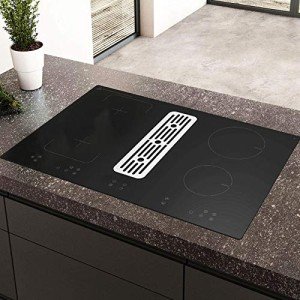
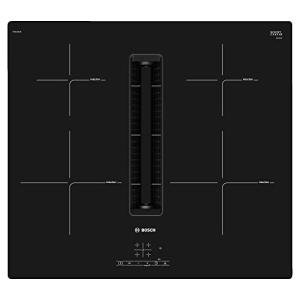
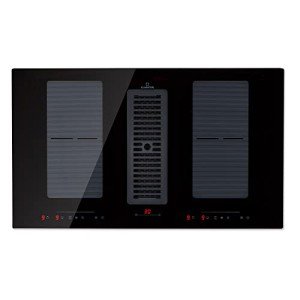
Klarstein Induction Cooktop with Extractor
Klarstein
Product Review Score
4.78 out of 5 stars
77 reviews$905.45
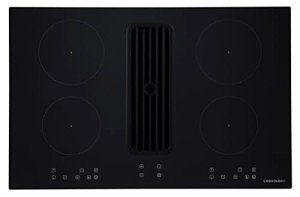
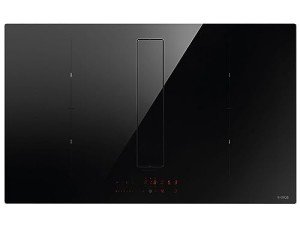
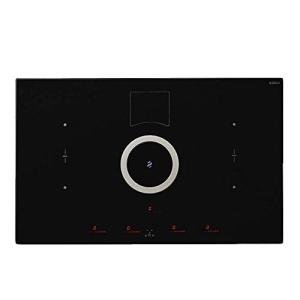


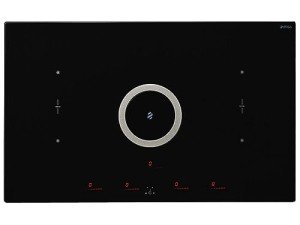
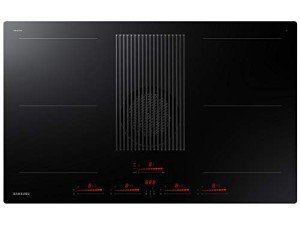
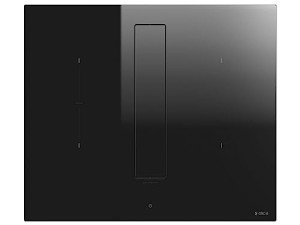
When it comes to modern kitchen design, homeowners and designers alike are increasingly gravitating towards sleek, efficient, and space-saving solutions. Among these innovations, venting hobs are gaining widespread attention. These stylish appliances combine the functionality of a hob with a built-in ventilation system, eliminating the need for traditional overhead extractors. For those seeking a minimalist kitchen layout without sacrificing performance, venting hobs present a compelling option.
In this article, we’ll explore what venting hobs are, their benefits, potential drawbacks, and how they compare to other ventilation systems. We’ll also provide practical buying tips, answer frequently asked questions, and review whether this investment is the right fit for a given kitchen setup.
What Are Venting Hobs?
Venting hobs, sometimes referred to as downdraft induction hobs or integrated extraction hobs, are cooktops with a built-in ventilation system. Instead of relying on an overhead extractor fan, these hobs draw steam, smoke, and cooking odours directly downward into an integrated vent. The air is then either:
- Ducted outside through hidden piping, or
- Recirculated after being filtered through activated carbon filters.
This technology not only keeps the kitchen air clean but also provides greater design flexibility by eliminating bulky overhead hoods.
Benefits of Venting Hobs
Venting hobs are popular for several reasons:
- Space-saving design: They free up vertical space by removing the need for a conventional extractor hood.
- Modern aesthetic: Their sleek, flush finish complements contemporary kitchens.
- Improved sightlines: Without an extractor blocking the view, kitchens feel more open and connected.
- Efficiency: Steam and odours are drawn away immediately from where they are produced.
- Flexibility: Ideal for kitchen islands and open-plan layouts where overhead ventilation is difficult to install.
Drawbacks of Venting Hobs
Despite their many advantages, venting hobs also come with considerations:
- Higher cost: On average, venting hobs are more expensive than traditional hobs and extractors.
- Complex installation: They may require specialist fitting and adequate under-counter space.
- Noise levels: Some models can be noisier than ceiling extractors, particularly in recirculation mode.
- Cooking capacity: Larger pots may cover or partially obstruct the vent, reducing effectiveness.
- Maintenance: Filters need regular cleaning or replacement to keep performance optimal.
Comparison: Venting Hobs vs. Traditional Ventilation
The table below highlights key differences:
| Feature | Venting Hob | Traditional Overhead Extractor |
|---|---|---|
| Design | Hob with integrated vent | Separate unit above the hob |
| Space Requirement | Space under the counter | Wall or ceiling-mounted |
| Installation | Complex, requires planning | Easier, more conventional |
| Aesthetics | Sleek and minimalist | Can appear bulky in small kitchens |
| Air Extraction | Immediate, at source | From above, may miss some odours |
| Cost | Higher upfront investment | Generally cheaper |
| Maintenance | Regular filter checks | Less frequent, easier replacement |
| Best Use Case | Open-plan kitchens, islands | Standard kitchen setups |
Key Features to Consider Before Buying
When choosing a venting hob, several factors should be weighed carefully:
-
Type of Hob
- Induction: Fast, energy-efficient, and popular in modern designs.
- Ceramic or Gas: Less common but available with integrated ventilation.
-
Ducted vs. Recirculating
- Ducted systems are more efficient at removing moisture but require external venting.
- Recirculating systems are easier to install but may not handle steam as effectively.
-
Extraction Power
Look at airflow rates (measured in m³/h). Higher extraction power ensures better odour removal. -
Noise Levels
Consider models with sound insulation or adjustable speed settings. -
Maintenance
Ensure that grease and carbon filters are easy to access, clean, or replace. -
Size & Configuration
Standard venting hobs range from 60cm to 90cm. Choose one that suits your cooking habits and counter space.
Practical Pros and Cons Table
| Pros | Cons |
|---|---|
| Saves vertical space | Higher cost upfront |
| Ideal for open-plan kitchens | Installation complexity |
| Sleek, modern aesthetic | Requires regular filter maintenance |
| Eliminates overhead extractor need | May reduce drawer/storage space beneath |
| Effective odour removal at source | May struggle with very large pots/pans |
Maintenance Tips for Venting Hobs
Maintaining a venting hob is essential for long-term performance. Here are some key practices:
- Clean grease filters: These should be washed regularly, usually in the dishwasher.
- Replace carbon filters: For recirculating models, these need replacement every 6–12 months.
- Check ducting: For ducted models, ensure there are no blockages restricting airflow.
- Wipe down surfaces: Regular cleaning helps prevent grease build-up around the vent.
Frequently Asked Questions (FAQ)
1. Are venting hobs suitable for small kitchens?
Yes. Venting hobs are excellent for small kitchens where vertical space is limited, though under-counter space must be planned carefully.
2. Do venting hobs work as well as extractor hoods?
They are highly effective, especially in ducted models. However, large pots may sometimes reduce efficiency if they obstruct the vent.
3. Can I install a venting hob in my kitchen island?
Absolutely. Venting hobs are a popular choice for islands since they eliminate the need for a hanging extractor hood.
4. How much do venting hobs cost?
Prices typically range between £1,200 and £3,000 depending on brand, size, and technology.
5. What brands make venting hobs?
Well-known manufacturers include Bosch, Siemens, Bora, Neff, and AEG.
6. Is a ducted or recirculating system better?
A ducted system usually provides the best performance, but if ducting to the outside isn’t feasible, a recirculating option with high-quality filters can still be highly effective.
Venting hobs represent a significant step forward in kitchen design, merging functionality with aesthetics. They are ideal for homeowners who value open, uncluttered spaces, especially in open-plan layouts. While they come at a higher upfront cost and may involve more complex installation, the long-term benefits of streamlined design, effective ventilation, and improved cooking experience often outweigh the drawbacks.
When considering whether to invest in a venting hob, the decision ultimately hinges on kitchen layout, budget, and lifestyle. For those seeking a marriage of style and practicality, venting hobs are a modern solution that continues to grow in popularity among both designers and home cooks alike.